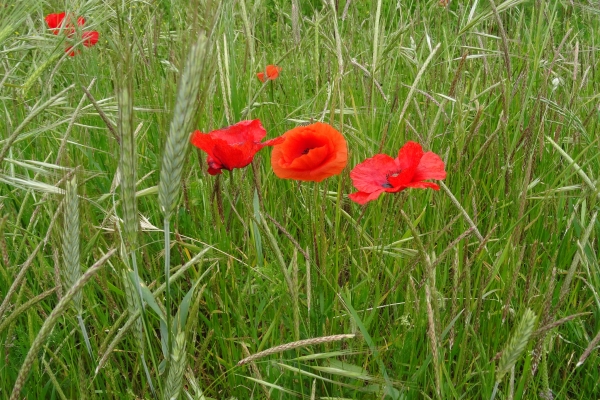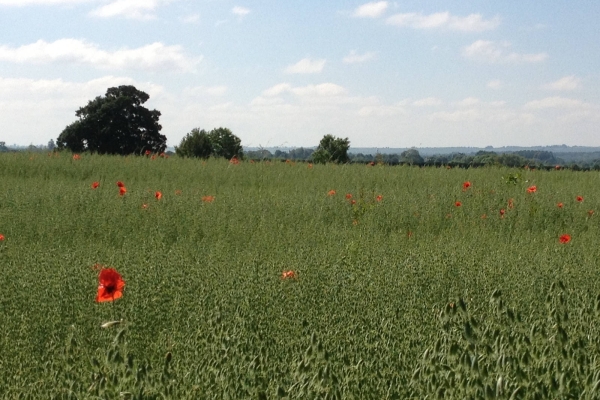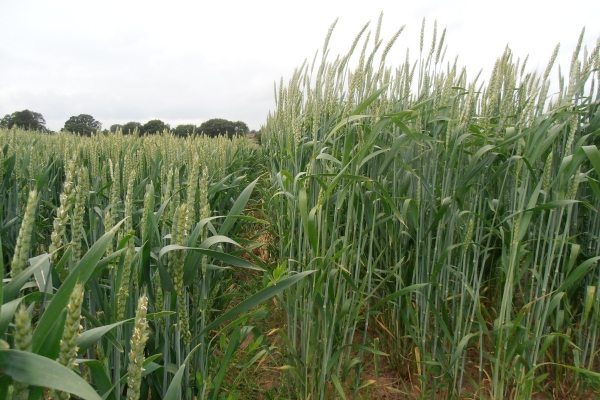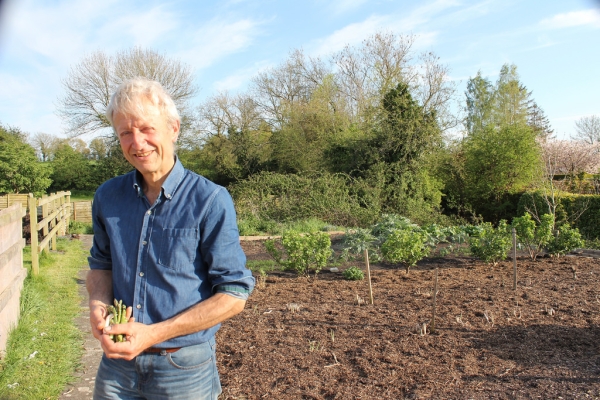An Integrated Weed Management Framework
Resource explained
Partners of the EU H2020 project IWMPRAISE are working hard to supply farmers with Integrated Weed Management tools to reduce the reliance on herbicide use. However, these tools need to be carefully selected for the different European cropping systems: narrow and wide row crops, grasslands and perennial woody crops. To maximise the weed control effect, crop and weed management practices need to be combined to affect all stages of the weed life cycle and provide competitive advantage to the crop. Based on expert and farmer interviews, the framework outlined in this sheet has been based on five pillars from which to choose different weed management tactics. This framework can support farmers and advisors in thinking and rethinking about their weed management strategies.
Findings & recommendations
- Effective weed management can only be obtained if tactics are carefully chosen and combined – aimed at affecting weeds in the three main stages of their life cycle: as seeds, as seedlings and as mature plants ready to disseminate and propagate.
- The five pillars that support balanced weed management are:
- Diverse cropping system in time and space
- Cultivar choice and establishment
- Field and soil management, enhancing crop growth and competitiveness
- Targeted control tactics to disturb weeds life cycle
- Monitoring and evaluation to make the correct choices
N.B. This ‘Inspiration sheet’ is one of eight published by the IWMPRAISE project. View others and find out more about the project here.
Header image: Galinsoga parviflora Cav. (Gallant soldier) in carrot. Which agroecological weed management tactics can we use to manage this and other weeds in European cropping systems? Photo credit: Anna-Camilla Moonen, Scuola Superiore Sant’Anna di Pisa CC BY












